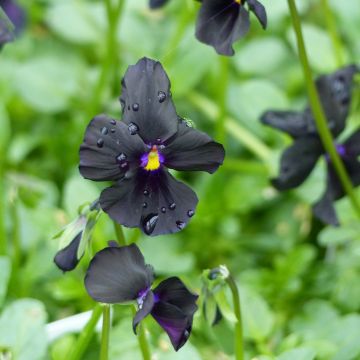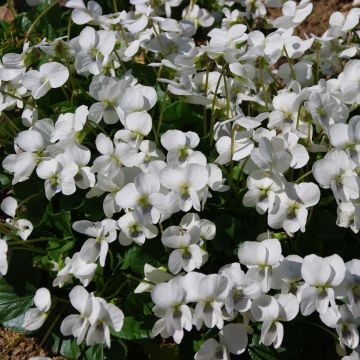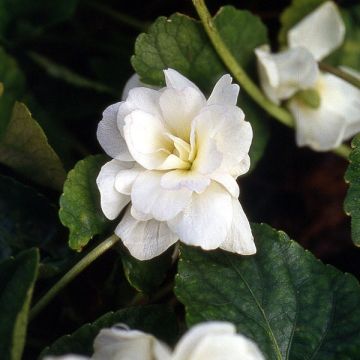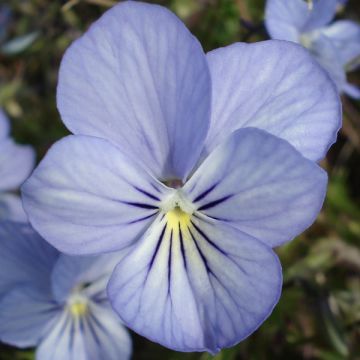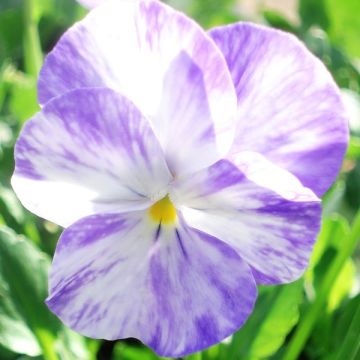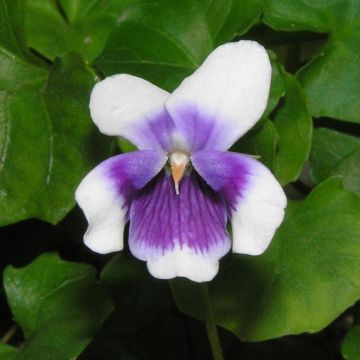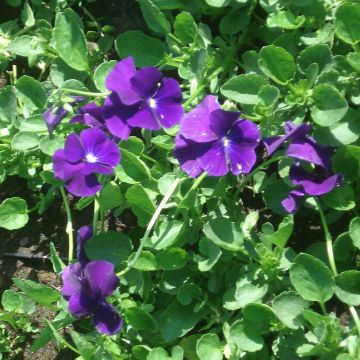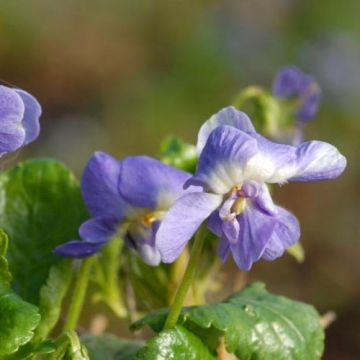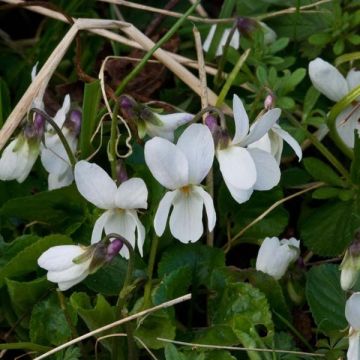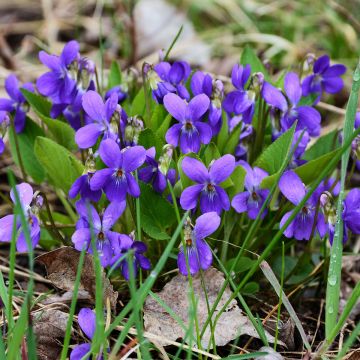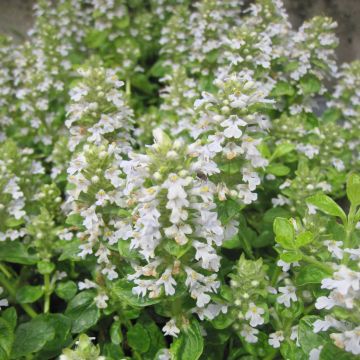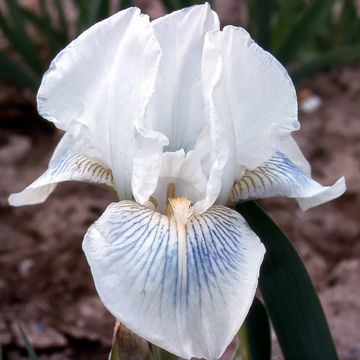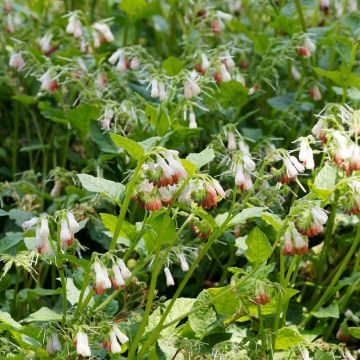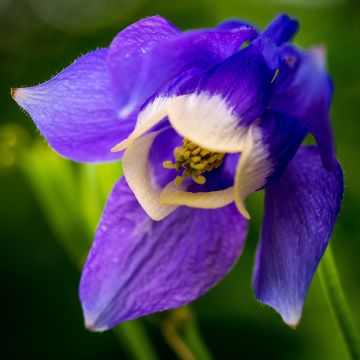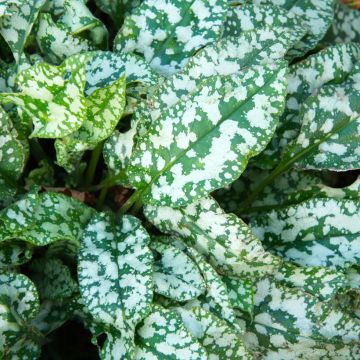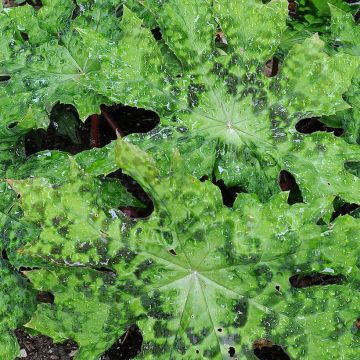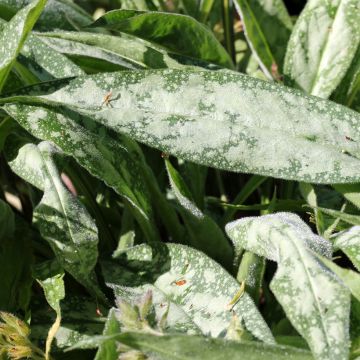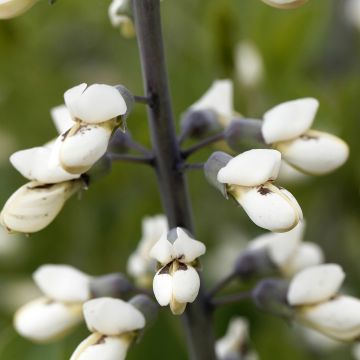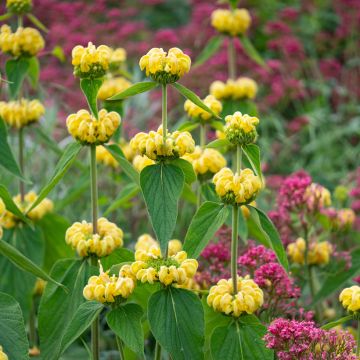Shipping country and language
Your country of residence may be:
Your country of residence is:
For a better user experience on our website, you can select:
Your shipping country:
-
Andorra
-
Austria
-
Belgium
-
Bulgaria
-
Canada
-
Chile
-
Croatia
-
Cyprus
-
Czechia
-
Denmark
-
Estonia
-
Finland
-
France
-
Germany
-
Greece
-
Hungary
-
Iceland
-
Ireland
-
Italy
-
Latvia
-
Lithuania
-
Luxembourg
-
Malta
-
Monaco
-
Netherlands
-
Poland
-
Portugal
-
Romania
-
Slovakia
-
Slovenia
-
Spain
-
Sweden
-
Switzerland
-
United Kingdom
We only deliver seed and bulb products to your country. If you add other products to your basket, they cannot be shipped.
Language:
-
French
-
German
-
Spanish
-
English
-
Italian
My Account
Hello
My wish lists
Log in / Register
Existing customer?
New customer?
Create an account to track your orders, access our customer service and, if you wish, make the most of our upcoming offers.
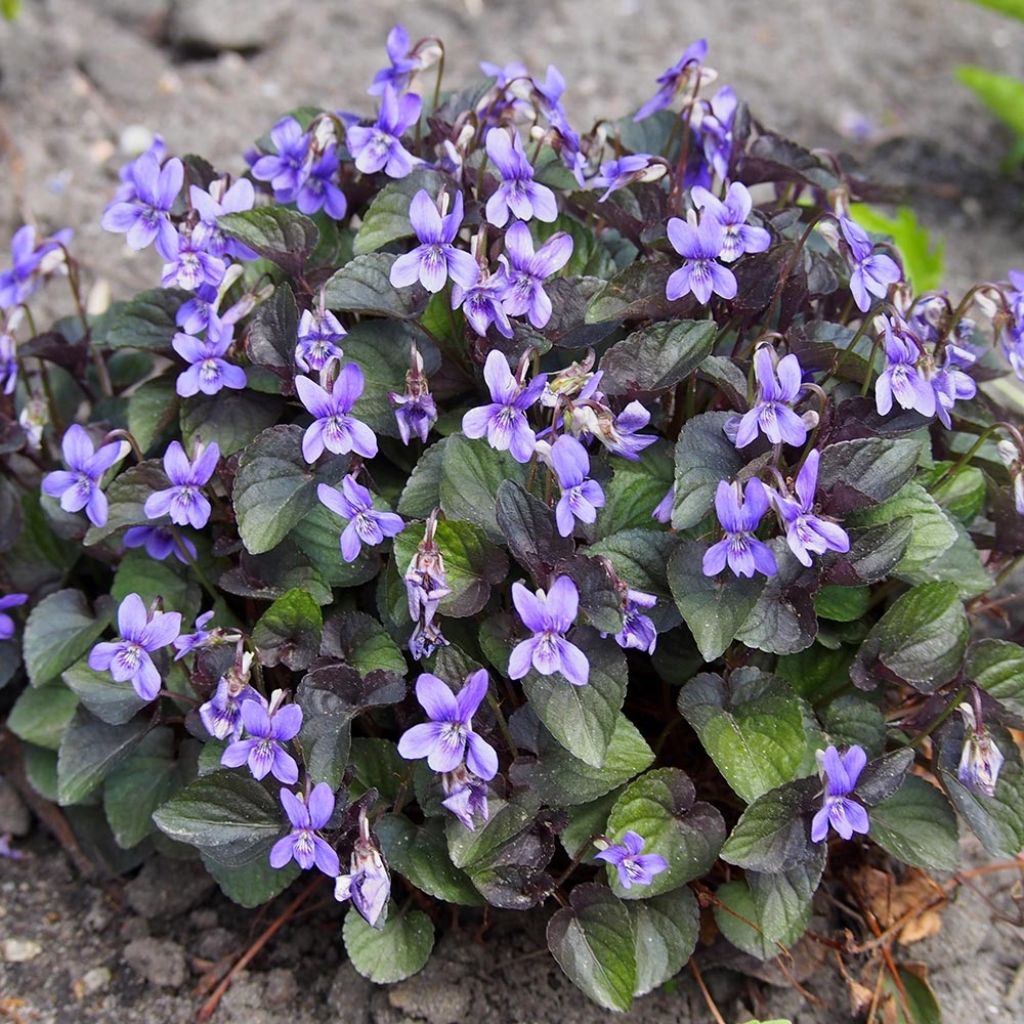

Violette du Labrador - Viola labradorica
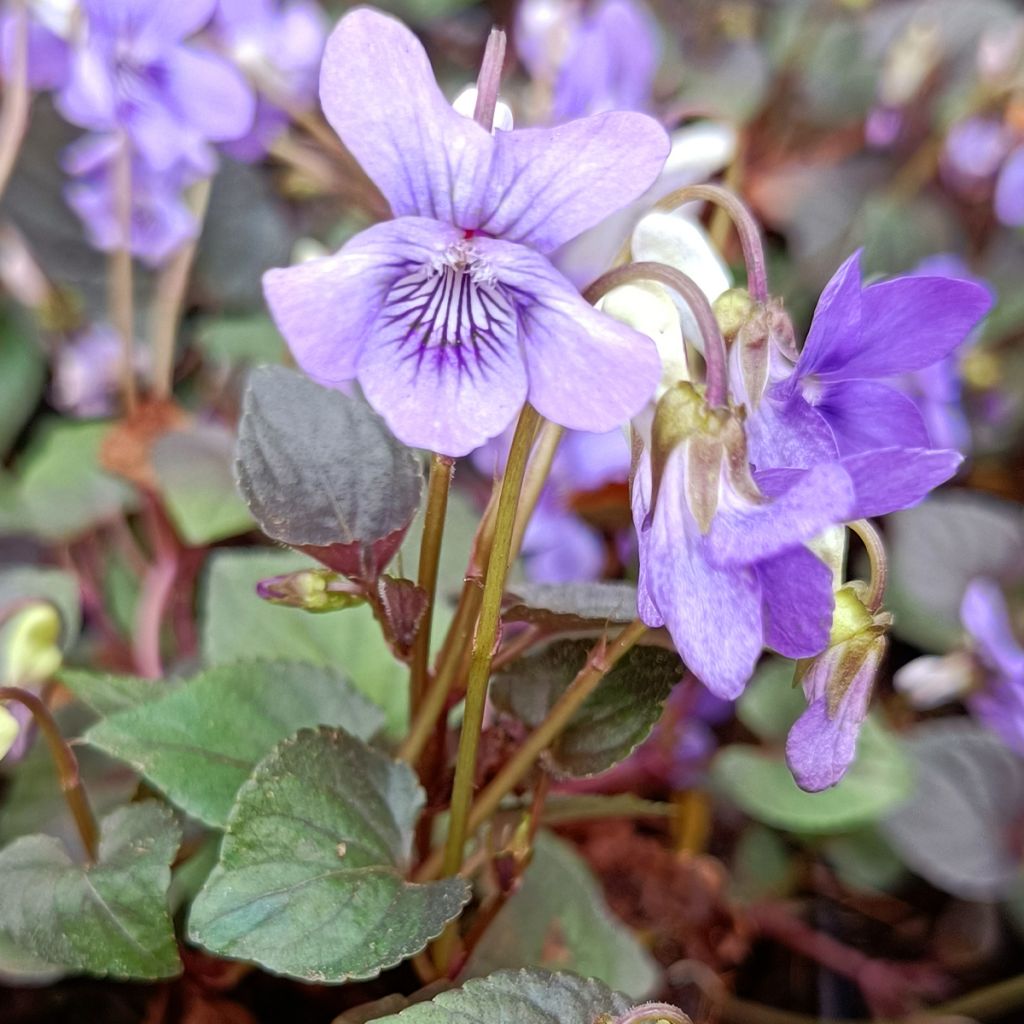

Violette du Labrador - Viola labradorica
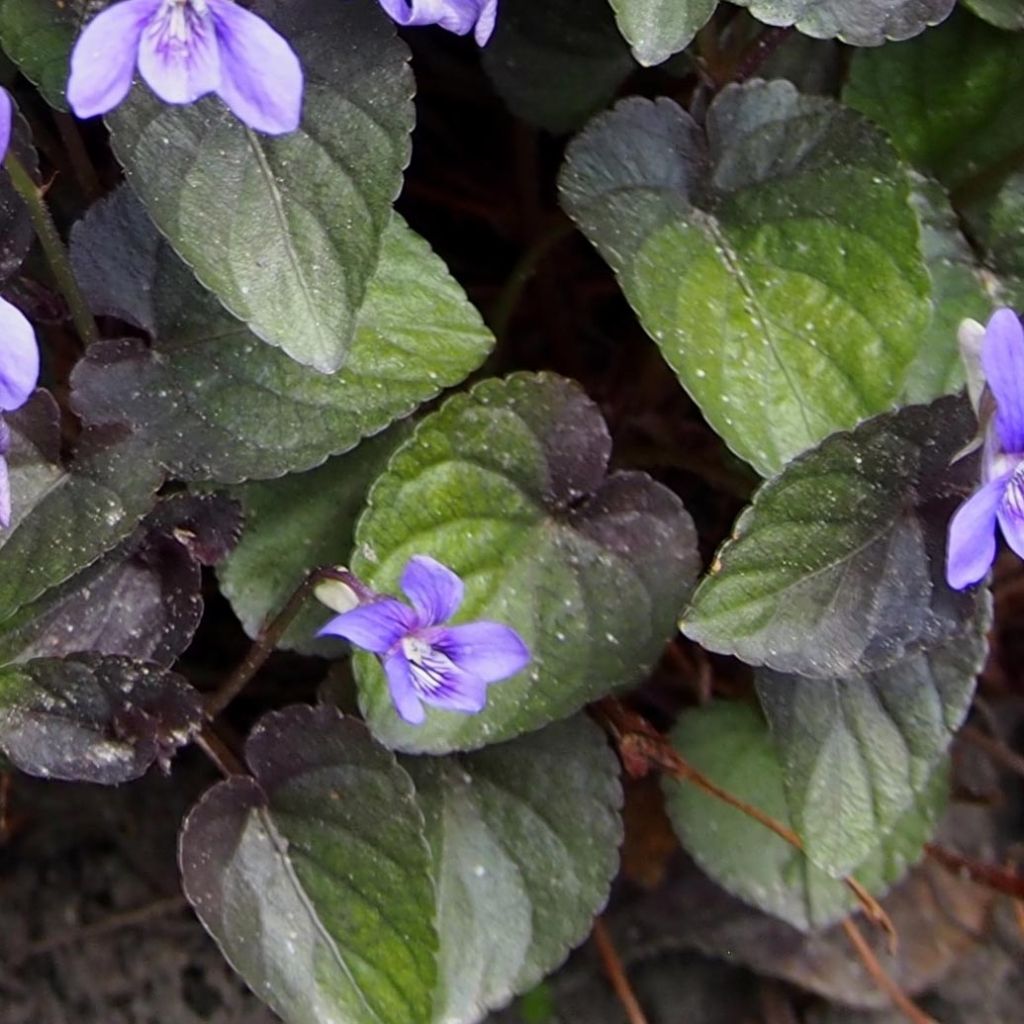

Violette du Labrador - Viola labradorica
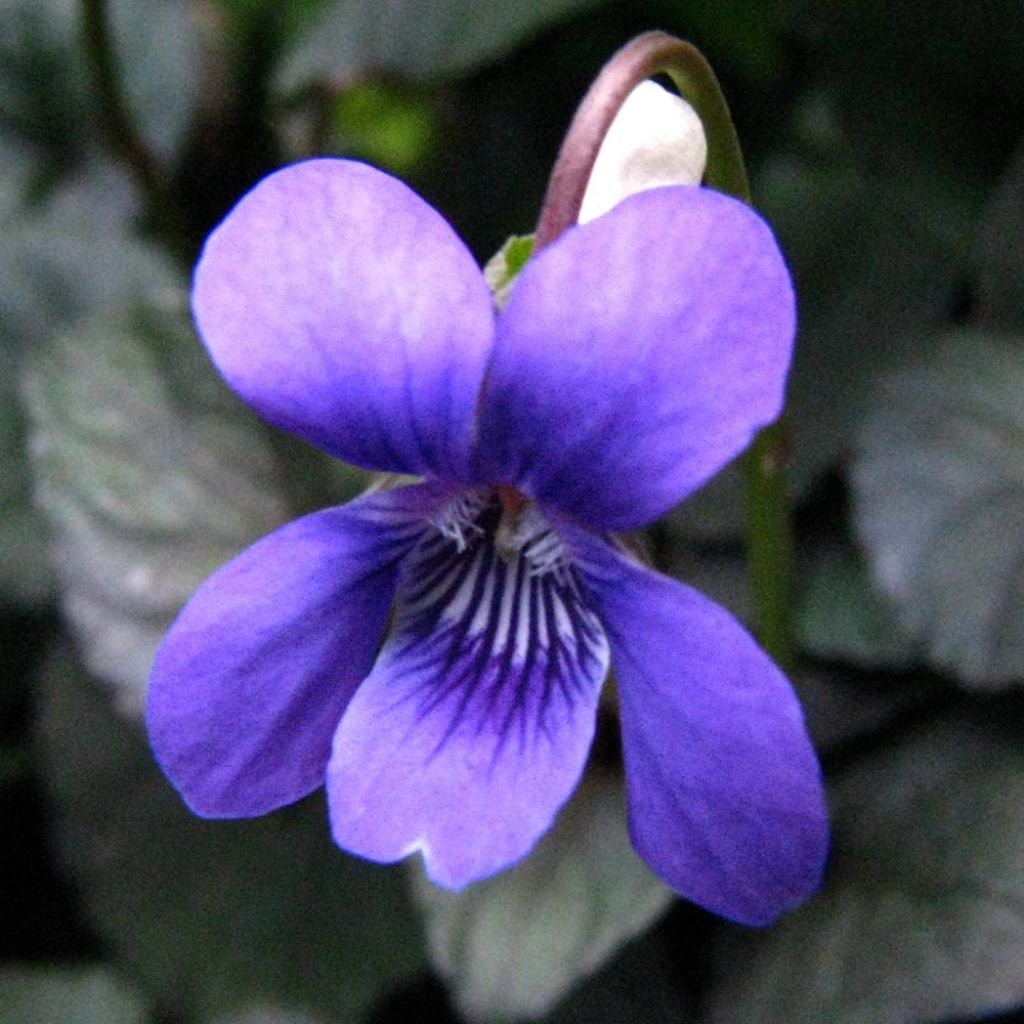

Violette du Labrador - Viola labradorica
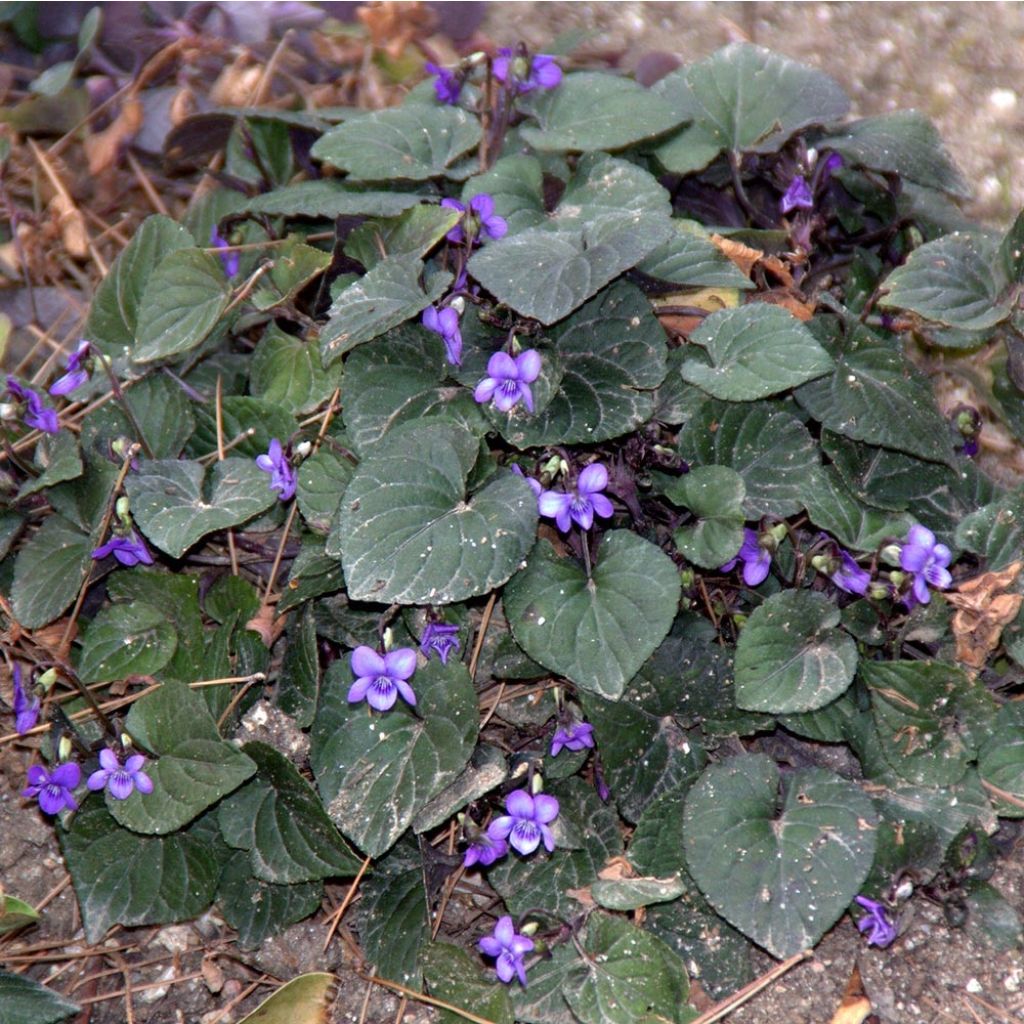

Violette du Labrador - Viola labradorica
Viola riviniana var. purpurea
Viola riviniana var. purpurea
Common Dog-violet, Wood Violet
They have taken their place beautifully today.
A., 21/04/2021
Order in the next for dispatch today!
Dispatch by letter from €3.90.
Delivery charge from €5.90 Oversize package delivery charge from €6.90.
Current delivery delay: 2 days.
More information
This item is not available in your country.
Schedule delivery date,
and select date in basket
This plant carries a 12 months recovery warranty
More information
We guarantee the quality of our plants for a full growing cycle, and will replace at our expense any plant that fails to recover under normal climatic and planting conditions.
From €5.90 for pickup delivery and €6.90 for home delivery
Express home delivery from €8.90.
From €5.90 for pickup delivery and €6.90 for home delivery
Express home delivery from €8.90.

Does this plant fit my garden?
Set up your Plantfit profile →
Description
The Dog Violet is a lovely form with purple foliage, a wild species commonly found in our woodlands. This creeping perennial with its creeping rhizomes will eventually form large evergreen mats in winter, with beautiful bronze-purple young foliage that gradually turns dark green. From April to May, it is adorned with small violet flowers, which are odourless. In the garden, this violet easily establishes itself in shady areas with humus-rich and moist soil, forming mats where many perennials struggle to grow.
If we are talking about Viola labradorica here, it is because this pretty perennial has long been misnamed. Indeed, the true Dog Violet, as its name suggests, is not European but Canadian. The species in question is actually a subspecies of Viola riviniana, a native violet originating from open woods, edges, hedges, short grass meadows, prairies, and roadside verges. Thus, Viola riviniana var. purpurea is a small ground-covering perennial of the Violaceae family. It forms rounded clumps of heart-shaped, dentate-edged leaves that spread via short stolons. The foliage, more or less evergreen, may disappear in summer during droughts. It is dark green, tinged with bronze-purple on young foliage or when exposed to sunlight. In April-May, small dark violet flowers appear among the foliage. Each flower is composed of five petals, with a lower petal having a spur. Although odourless, they are nectar-rich and rather large for a wild violet, 2 cm (1in) in diameter, and it is hard not to be charmed by their spontaneous and delicate appearance. This violet readily self-seeds in the garden and can be easily divided by separating small clumps.
Viola riviniana var. purpurea thrives in partially shaded positions. It can be used in border plantings or rockeries with primroses, pasqueflowers, Solomon's Seal, and small ferns. It can also be grown in pots or containers placed on windowsills or patios, with regular watering.
Good to know: Violets and pansies belong to the Viola genus. How can you differentiate a violet from a pansy? By the arrangement of their petals: the former has two upright petals and three downward-facing petals, while the latter has four upright petals, with the fifth, larger petal drooping. Violets are almost all native to temperate regions of the world. The majority of them are perennials, but hybrids with large flowers are sold and used as annual plants.
Report an error about the product description
Viola riviniana var. purpurea in pictures
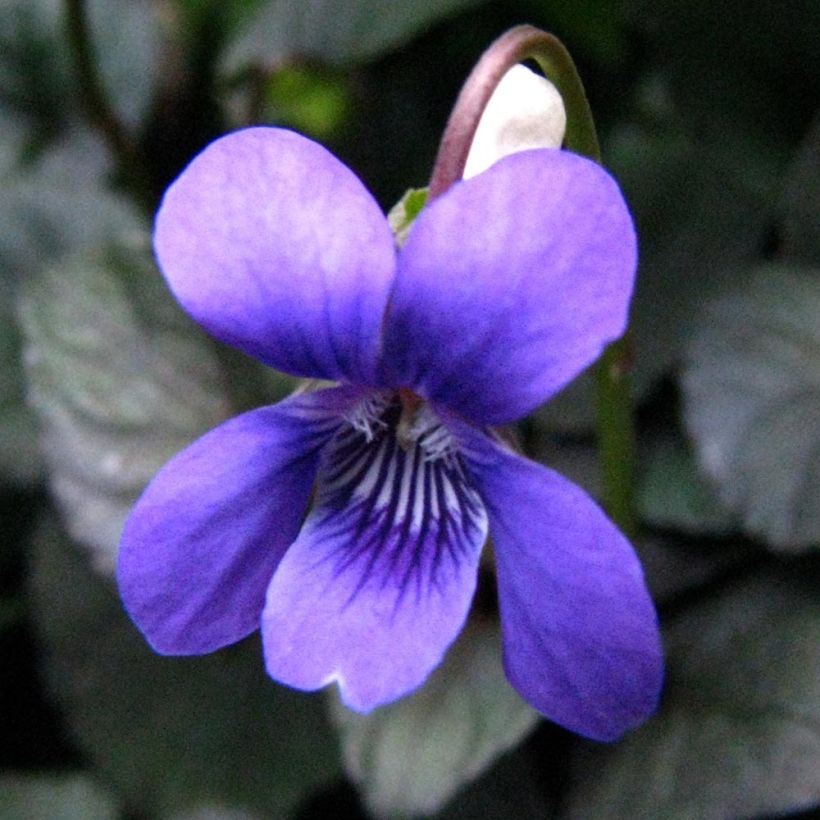

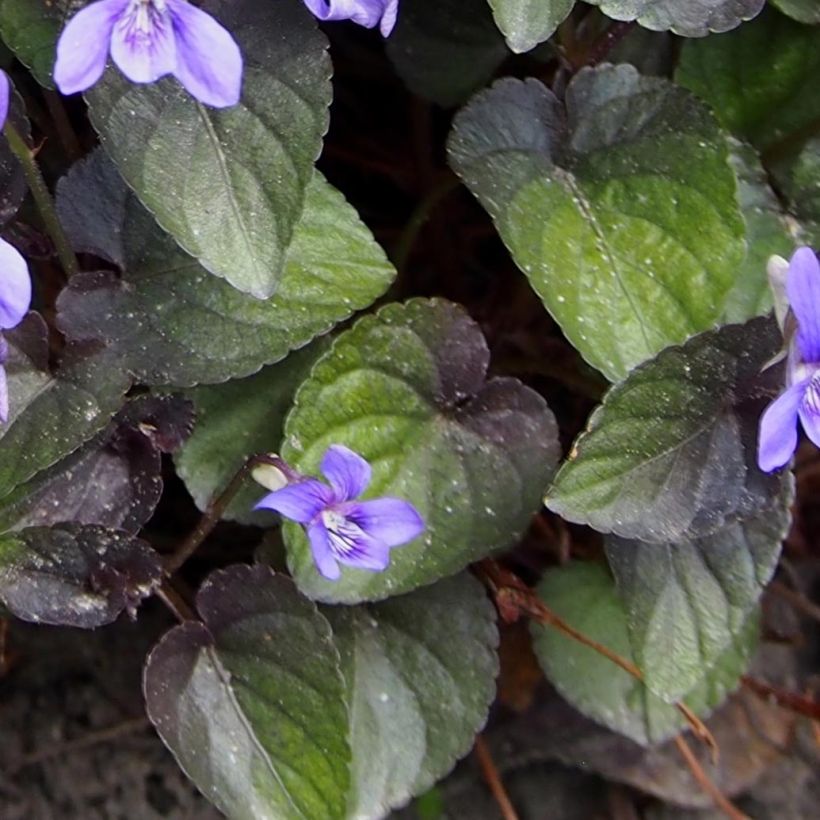

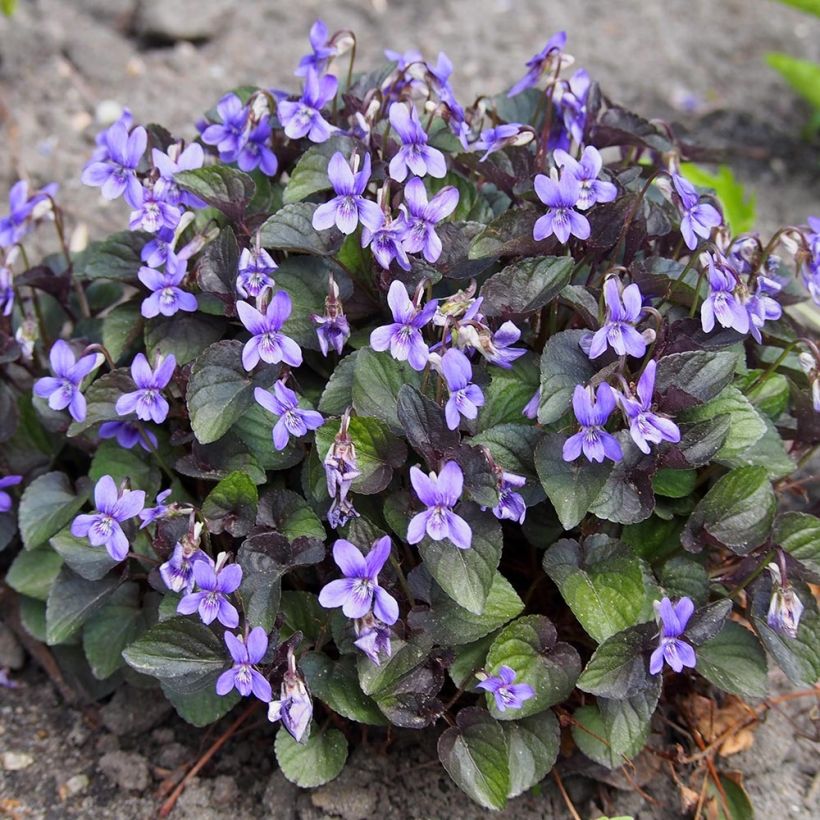

Flowering
Foliage
Plant habit
Botanical data
Viola
riviniana var. purpurea
Violaceae
Common Dog-violet, Wood Violet
Central Europe
Other Viola - Violets
Planting and care
The dog violet prefers partial shade, fertile and well-drained soils rich in humus. It tolerates morning sun as well as dense shade. Once established, it can tolerate some drought. Undemanding, it will thrive in a slightly acidic, neutral or even alkaline soil. It is also suitable for rocky mountain soils or sandy or loamy soils.
This violet requires no maintenance and is ignored by insects and diseases.
Planting period
Intended location
Care
-
, onOrder confirmed
Reply from on Promesse de fleurs
Spring flowering perennials
Haven't found what you were looking for?
Hardiness is the lowest winter temperature a plant can endure without suffering serious damage or even dying. However, hardiness is affected by location (a sheltered area, such as a patio), protection (winter cover) and soil type (hardiness is improved by well-drained soil).

Photo Sharing Terms & Conditions
In order to encourage gardeners to interact and share their experiences, Promesse de fleurs offers various media enabling content to be uploaded onto its Site - in particular via the ‘Photo sharing’ module.
The User agrees to refrain from:
- Posting any content that is illegal, prejudicial, insulting, racist, inciteful to hatred, revisionist, contrary to public decency, that infringes on privacy or on the privacy rights of third parties, in particular the publicity rights of persons and goods, intellectual property rights, or the right to privacy.
- Submitting content on behalf of a third party;
- Impersonate the identity of a third party and/or publish any personal information about a third party;
In general, the User undertakes to refrain from any unethical behaviour.
All Content (in particular text, comments, files, images, photos, videos, creative works, etc.), which may be subject to property or intellectual property rights, image or other private rights, shall remain the property of the User, subject to the limited rights granted by the terms of the licence granted by Promesse de fleurs as stated below. Users are at liberty to publish or not to publish such Content on the Site, notably via the ‘Photo Sharing’ facility, and accept that this Content shall be made public and freely accessible, notably on the Internet.
Users further acknowledge, undertake to have ,and guarantee that they hold all necessary rights and permissions to publish such material on the Site, in particular with regard to the legislation in force pertaining to any privacy, property, intellectual property, image, or contractual rights, or rights of any other nature. By publishing such Content on the Site, Users acknowledge accepting full liability as publishers of the Content within the meaning of the law, and grant Promesse de fleurs, free of charge, an inclusive, worldwide licence for the said Content for the entire duration of its publication, including all reproduction, representation, up/downloading, displaying, performing, transmission, and storage rights.
Users also grant permission for their name to be linked to the Content and accept that this link may not always be made available.
By engaging in posting material, Users consent to their Content becoming automatically accessible on the Internet, in particular on other sites and/or blogs and/or web pages of the Promesse de fleurs site, including in particular social pages and the Promesse de fleurs catalogue.
Users may secure the removal of entrusted content free of charge by issuing a simple request via our contact form.
The flowering period indicated on our website applies to countries and regions located in USDA zone 8 (France, the United Kingdom, Ireland, the Netherlands, etc.)
It will vary according to where you live:
- In zones 9 to 10 (Italy, Spain, Greece, etc.), flowering will occur about 2 to 4 weeks earlier.
- In zones 6 to 7 (Germany, Poland, Slovenia, and lower mountainous regions), flowering will be delayed by 2 to 3 weeks.
- In zone 5 (Central Europe, Scandinavia), blooming will be delayed by 3 to 5 weeks.
In temperate climates, pruning of spring-flowering shrubs (forsythia, spireas, etc.) should be done just after flowering.
Pruning of summer-flowering shrubs (Indian Lilac, Perovskia, etc.) can be done in winter or spring.
In cold regions as well as with frost-sensitive plants, avoid pruning too early when severe frosts may still occur.
The planting period indicated on our website applies to countries and regions located in USDA zone 8 (France, United Kingdom, Ireland, Netherlands).
It will vary according to where you live:
- In Mediterranean zones (Marseille, Madrid, Milan, etc.), autumn and winter are the best planting periods.
- In continental zones (Strasbourg, Munich, Vienna, etc.), delay planting by 2 to 3 weeks in spring and bring it forward by 2 to 4 weeks in autumn.
- In mountainous regions (the Alps, Pyrenees, Carpathians, etc.), it is best to plant in late spring (May-June) or late summer (August-September).
The harvesting period indicated on our website applies to countries and regions in USDA zone 8 (France, England, Ireland, the Netherlands).
In colder areas (Scandinavia, Poland, Austria...) fruit and vegetable harvests are likely to be delayed by 3-4 weeks.
In warmer areas (Italy, Spain, Greece, etc.), harvesting will probably take place earlier, depending on weather conditions.
The sowing periods indicated on our website apply to countries and regions within USDA Zone 8 (France, UK, Ireland, Netherlands).
In colder areas (Scandinavia, Poland, Austria...), delay any outdoor sowing by 3-4 weeks, or sow under glass.
In warmer climes (Italy, Spain, Greece, etc.), bring outdoor sowing forward by a few weeks.
